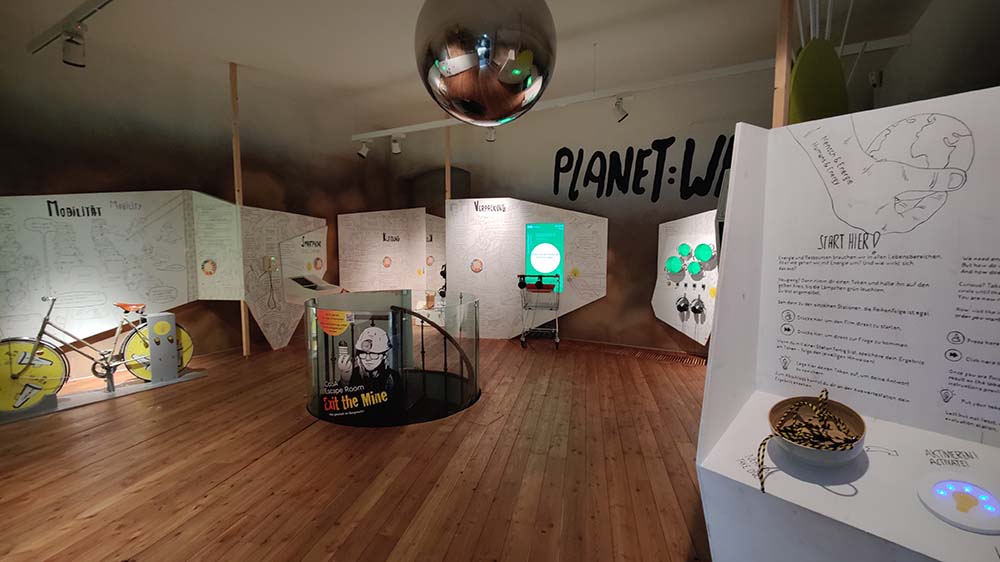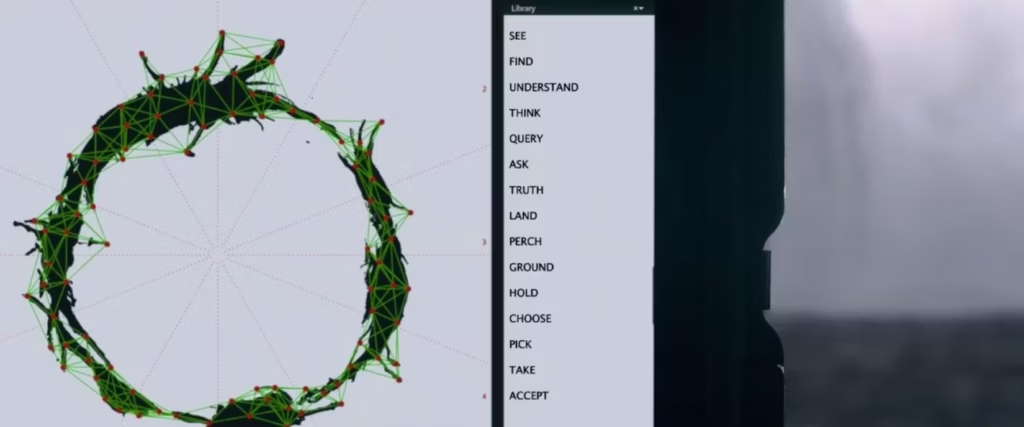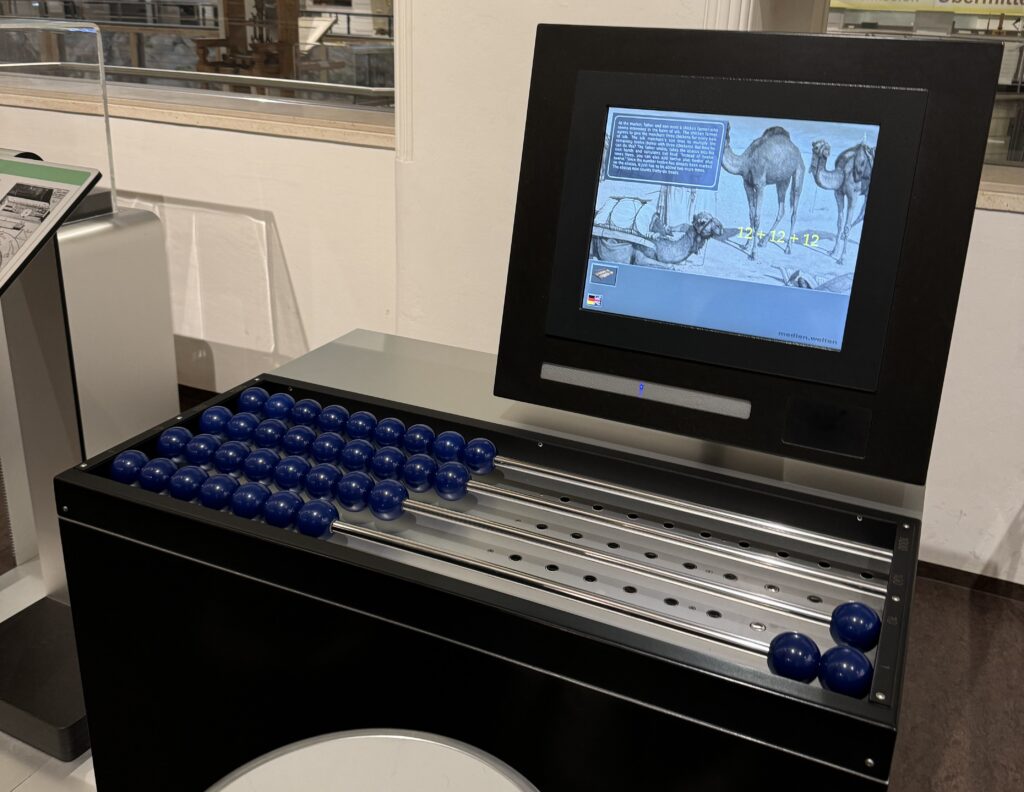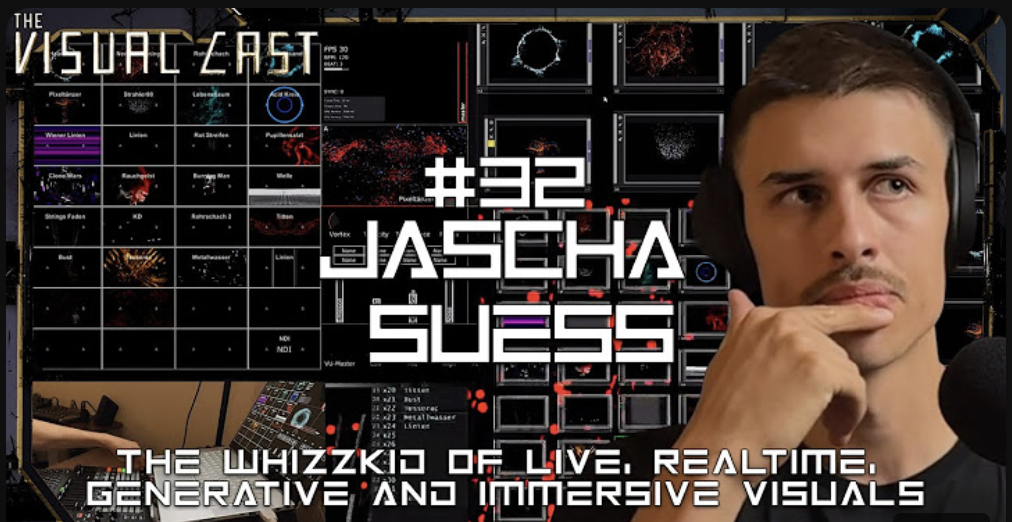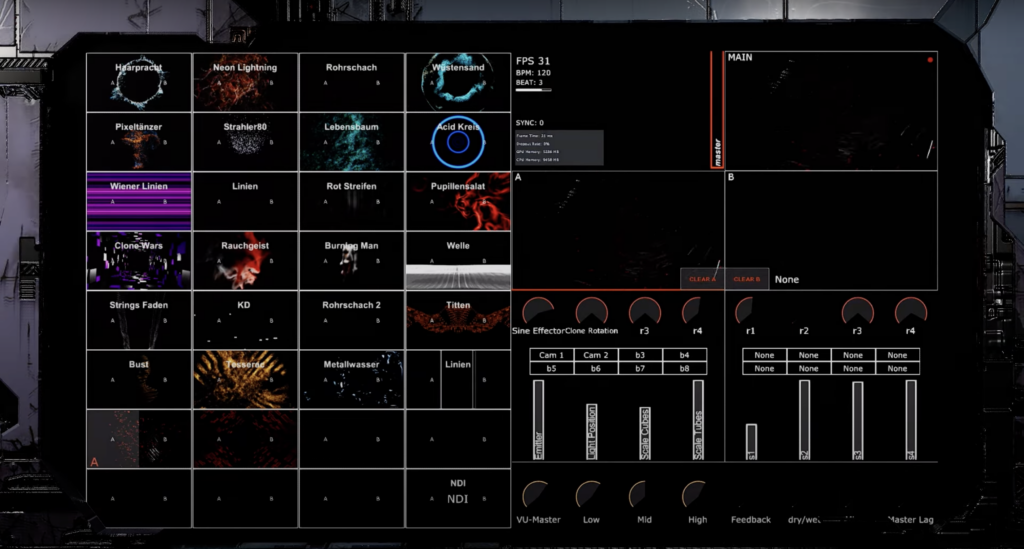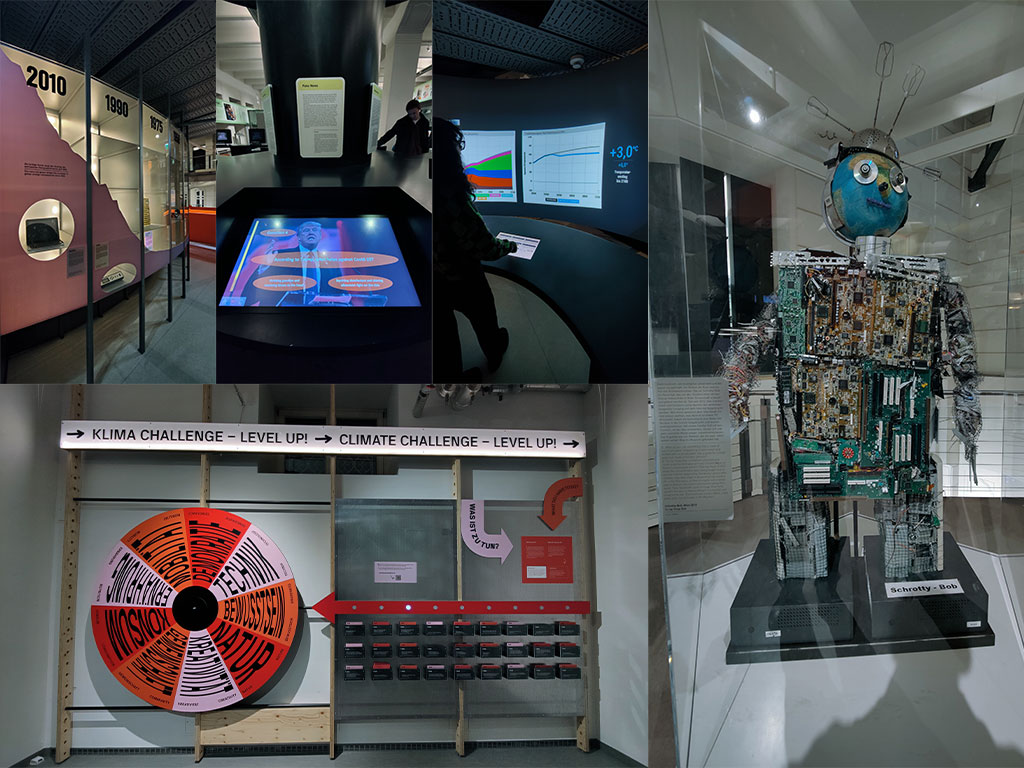Over the past few days, I’ve had some really insightful coaching sessions and discussions. While not all of them were directly related to my master’s thesis, they still provided valuable input and inspiration. I had the chance to speak with Birgit Bachler, Horst Hörtner, and Martin Kaltenbrunner, each offering a unique perspective that helped shape my thinking and approach.
Conversation with Birgit Bachler
I reached out to Birgit to ask if she would be willing to supervise my master’s thesis. We’ve had classes with her since the second semester, and I really enjoyed them. Through those courses, I realized that she’s deeply engaged in sustainable and regenerative design, which aligns well with my thesis topic. Besides that, I appreciate her approach and personality, which made me feel comfortable approaching her. Our discussion was really encouraging. She gave me useful feedback on my initial ideas, shared some valuable resources and references, and even introduced me to some of her personal projects, which we discussed in relation to my own work. She also recommended checking out „The Critical Engineering Working Group“, which I’d also suggest to anyone interested in this field. Another key takeaway from our conversation was about the scope of my thesis. I had initially assumed it would need to be much broader, but Birgit reassured me that it could be more focused. Overall, it was a great talk that left me feeling more confident about my direction.
Discussion with Horst Hörtner
My conversation with Horst was particularly thought-provoking. While it wasn’t solely focused on my thesis, we discussed my portfolio and future career prospects. He shared insights on interactive art installations and reassured me that there are plenty of opportunities in this field. That was really motivating and reinforced my idea of creating an interactive and educational installation. Beyond that, he gave me advice on breaking into the industry and recommended some studios, including „Studio Brückner“. This mention was especially eye-opening for me because it brought things full circle, I actually had classes with Uwe Brückner during my bachelor’s! I even remember him encouraging us to reach out for internships and opportunities, so this felt like an interesting connection I should explore further.
Talk with Martin Kaltenbrunner
My discussion with Martin Kaltenbrunner focused on tangible interaction and digital sustainability, both of which are key aspects of my research. His expertise provided me with a fresh perspective on how to make my project more impactful. He challenged some of my initial assumptions and encouraged me to consider alternative approaches. One of the most important insights he shared was that I don’t necessarily need to focus on just one aspect of digital sustainability. Instead, I could develop several smaller workpieces, each addressing different aspects of the topic, which I’m now seriously considering! This conversation gave me a lot to think about, and I’m excited to explore these ideas further.
Final Thoughts
Overall, these coaching sessions have been incredibly valuable. Each conversation contributed something unique, whether it was guidance on my thesis, new perspectives on my field, or a deeper understanding of key topics. I’m really grateful for the time and expertise that Birgit, Horst, and Martin shared with me. Their insights have given me fresh motivation and clarity as I move forward.
Links
The Critical Engineering Working Group: https://criticalengineering.org/
Studio Brückner: https://studio-uwe-brueckner.com/
Julian Oliver: https://julianoliver.com/



